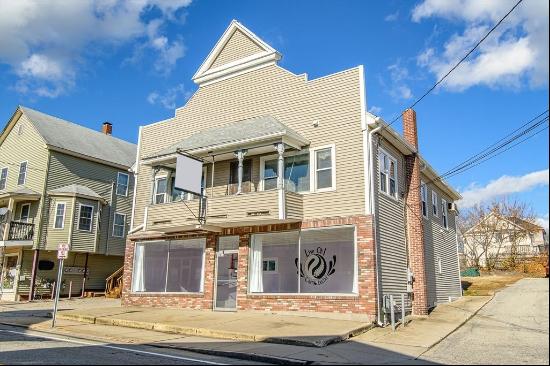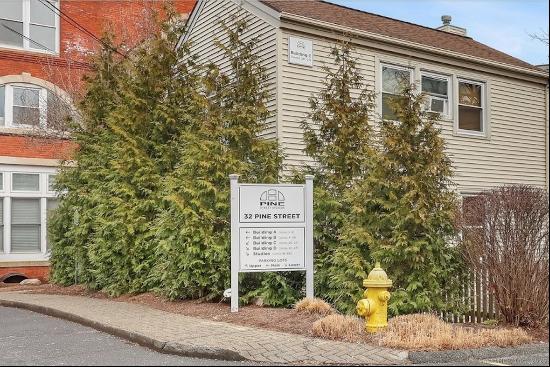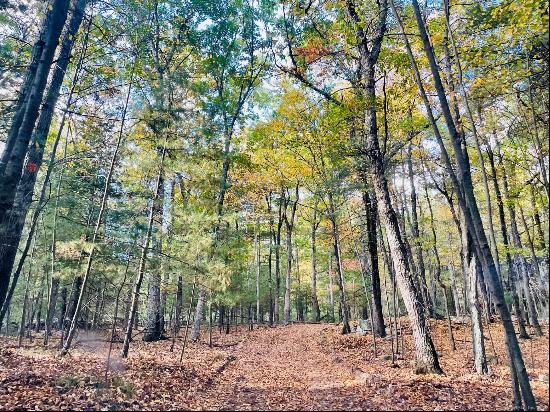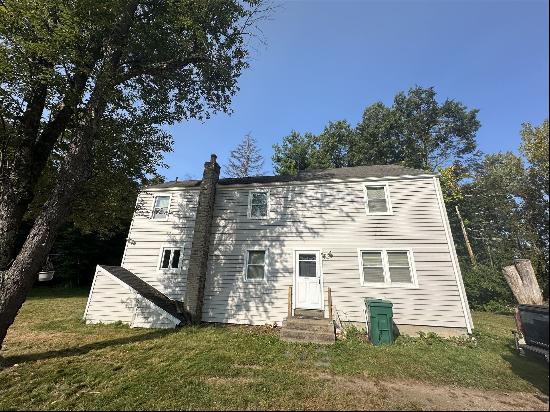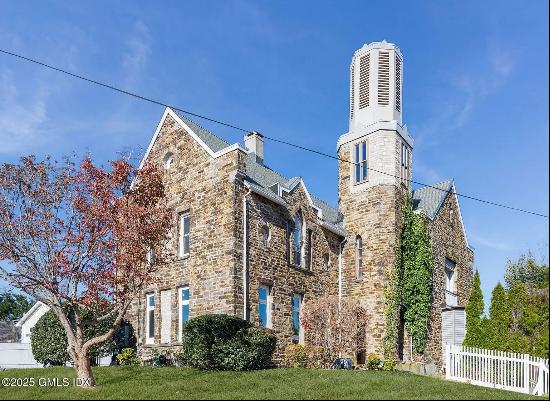
By Anthony Paletta
New Canaan, Connecticut, features several of the best-known modern houses in the US. There’s Philip Johnson’s Glass House, as well as designs from the rest of the Harvard Five who made their names here in the 1940s. Of the same era, Edward Durell Stone’s Celanese House is now for sale.
This four-bedroom house has an unusual past. It was built as a display home amid a brief mid-century phase when companies would commission houses as a way of showcasing their products. Some, such as Charles M Goodman’s Care-free Homes designed for Alcoa, were intended to be replicated, with each one incorporating up to 7,500lb of Alcoa aluminium. Others were standalone showhomes, such as the Celanese House.

The company Celanese (a portmanteau of cellulose and ease) produced synthetic fabrics but also branched out into wallpaper, linoleum, carpets, paint and furniture, all of which were used liberally throughout the house. They hired Edward Durell Stone for the project, co-architect of MoMA in New York, the Kennedy Center in Washington DC and the US Embassy in New Delhi.
Stone’s approach set him apart from the Modernist architects of his day. While he embraced International Style Modernism in the 1930s, he ultimately felt that Modernism was too austere for American sensibilities. His son and fellow architect Hicks Stone explains: “My father was a progenitor of a trend in architecture called New Formalism. New Formalist buildings were typically symmetrical and monumental, and the work made references to classical architecture. It was this rejection of austere Modernism that made him commercially successful.”
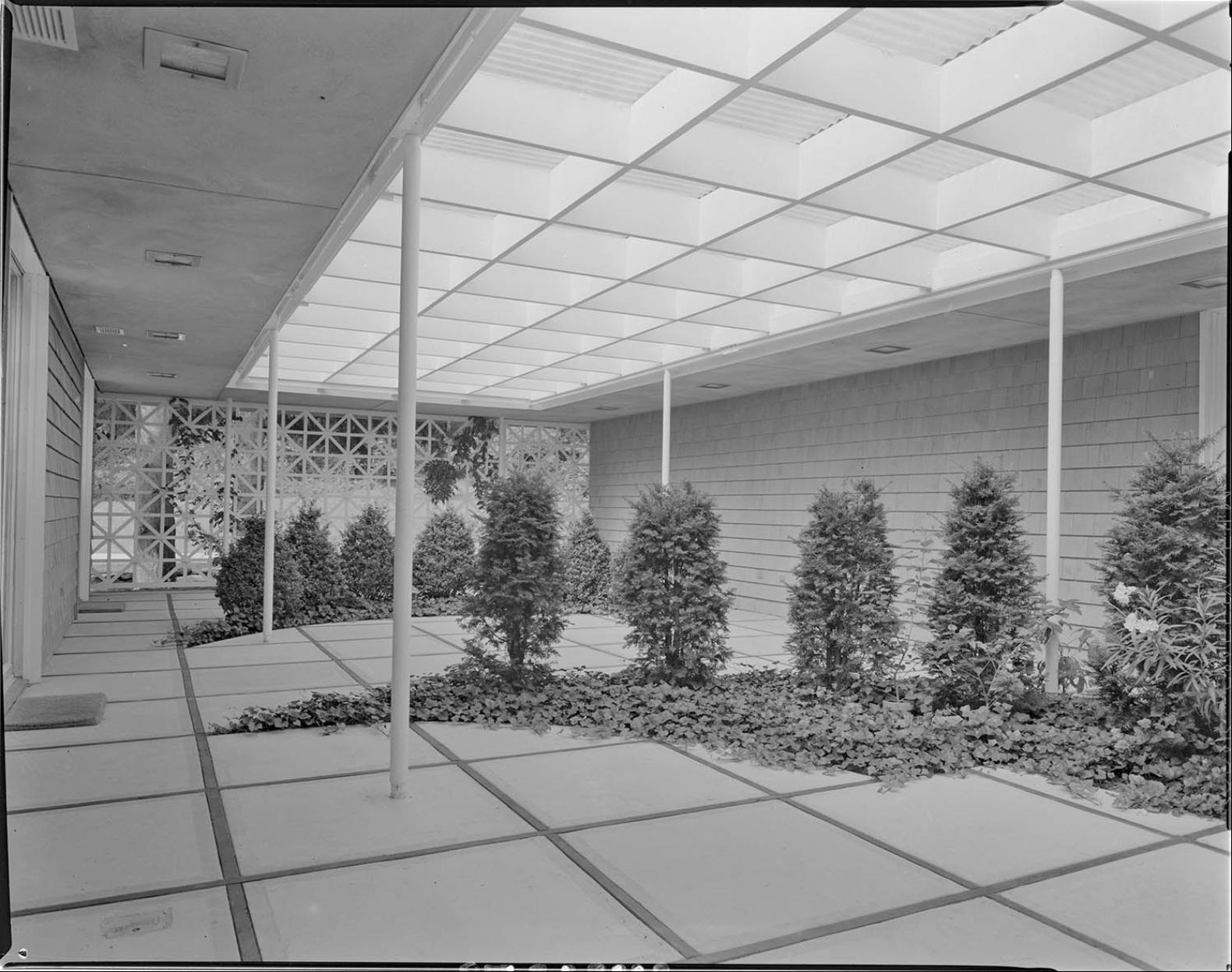
Stone’s classically-influenced projects made trademark use of ornamental screens and brise-soleil, most prominently at the embassy in New Delhi but also at the Celanese House. The lattice surrounds offer both privacy and light, while 12 pyramidal skylights provide light to the interior. Floating panels beneath (once filled with hanging plants) ensure illumination without glare.
The soft light was a selling point for Joel Disend who bought the house in 2008. “The panels diffuse the light coming from the skylights so it never gets in your eyes,” he says. Disend conducted a lengthy search for a modern home after his retirement. When he found the Celanese House he asked architect Nicholas Karytinos who had renovated his prior property if he would be willing to undertake the refurbishment without affecting the property's original design.

Many of the Celanese details — which Stone did not care for — were already gone. A linoleum floor was replaced with oak. Sliding glass internal doors, no longer necessary to keep the house warm, were removed. A covered passageway, only occasionally needed in Connecticut’s climate, was subsumed into a new kitchen.
The renovation sought to respect the clean geometry of the interior. “The kitchen had no skylight and it was quite dark so we cut one into the roof,” Disend explained. They chose not to add another pyramid to avoid affecting the symmetry of the roofline. Meanwhile the existing pyramid shingles were in poor shape and were replaced.

The exterior was a blank canvas. “There was no landscaping and it needed something,” said Disend, who hired a historically-minded firm to work on the house. Stephen Lederach of Arnold Associates — a company that had worked with Stone previously — planted a meadow around the existing trees and created a formal entrance with eight symmetrical Linden trees.
Hicks Stone described Disend’s renovation as “immaculate”, adding that it “extends the Modernist vocabulary with skilful details, more so than the original home, which was fundamentally a speculative house meant to showcase a manufacturer’s product line”. A historic space, sensitively updated for the modern day.
The Celanese House is on sale for $4.7mn through Melissa Rwambuya of William Raveis Real Estate.
Photography: Edward Durell Stone’s Celanese House © Smithsonian Institution, Archives of American Gardens, Maida Babson Adams Garden Photography Collection. Molly Adams, photographer; William Raveis Real Estate, New Canaan











